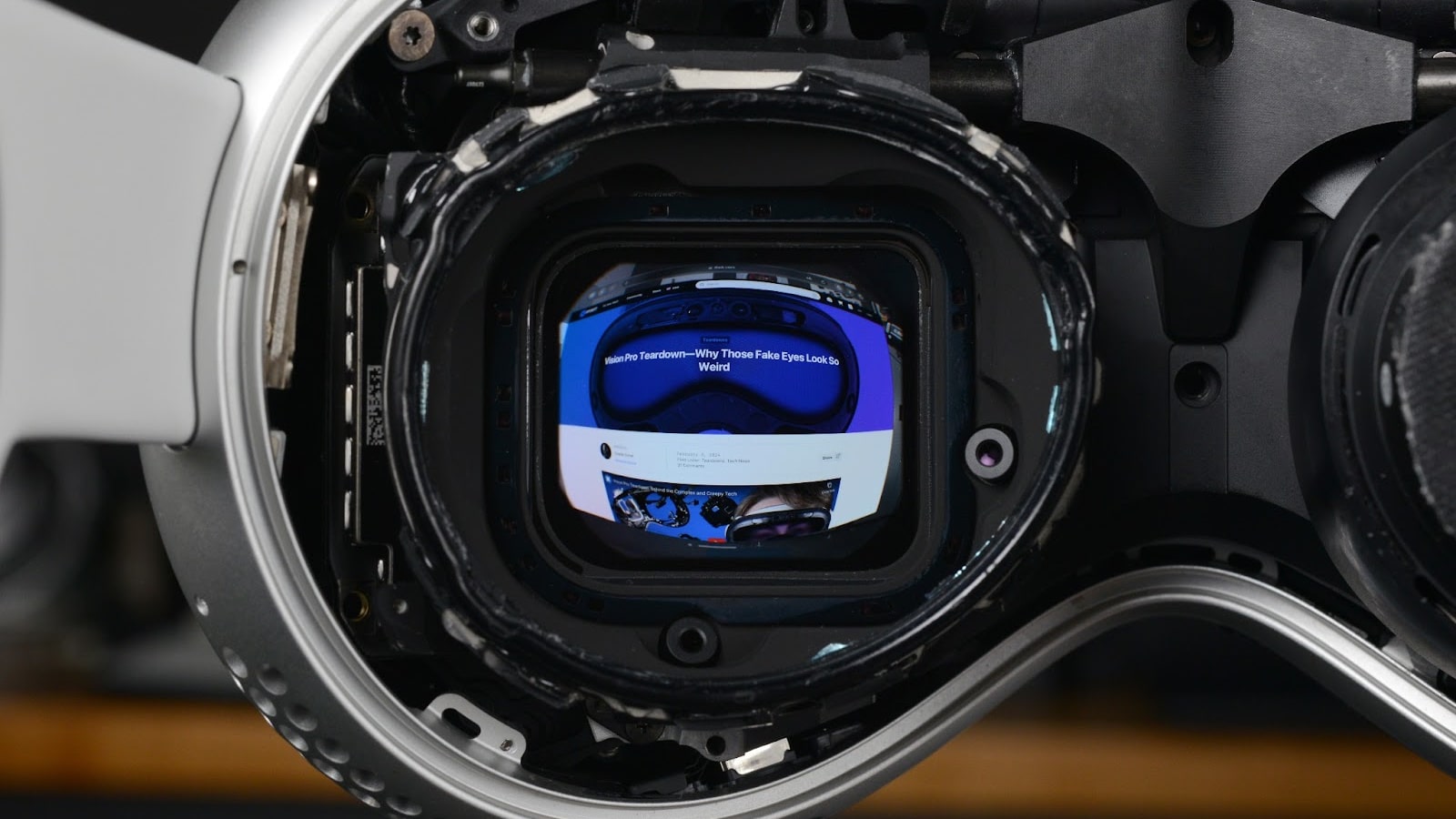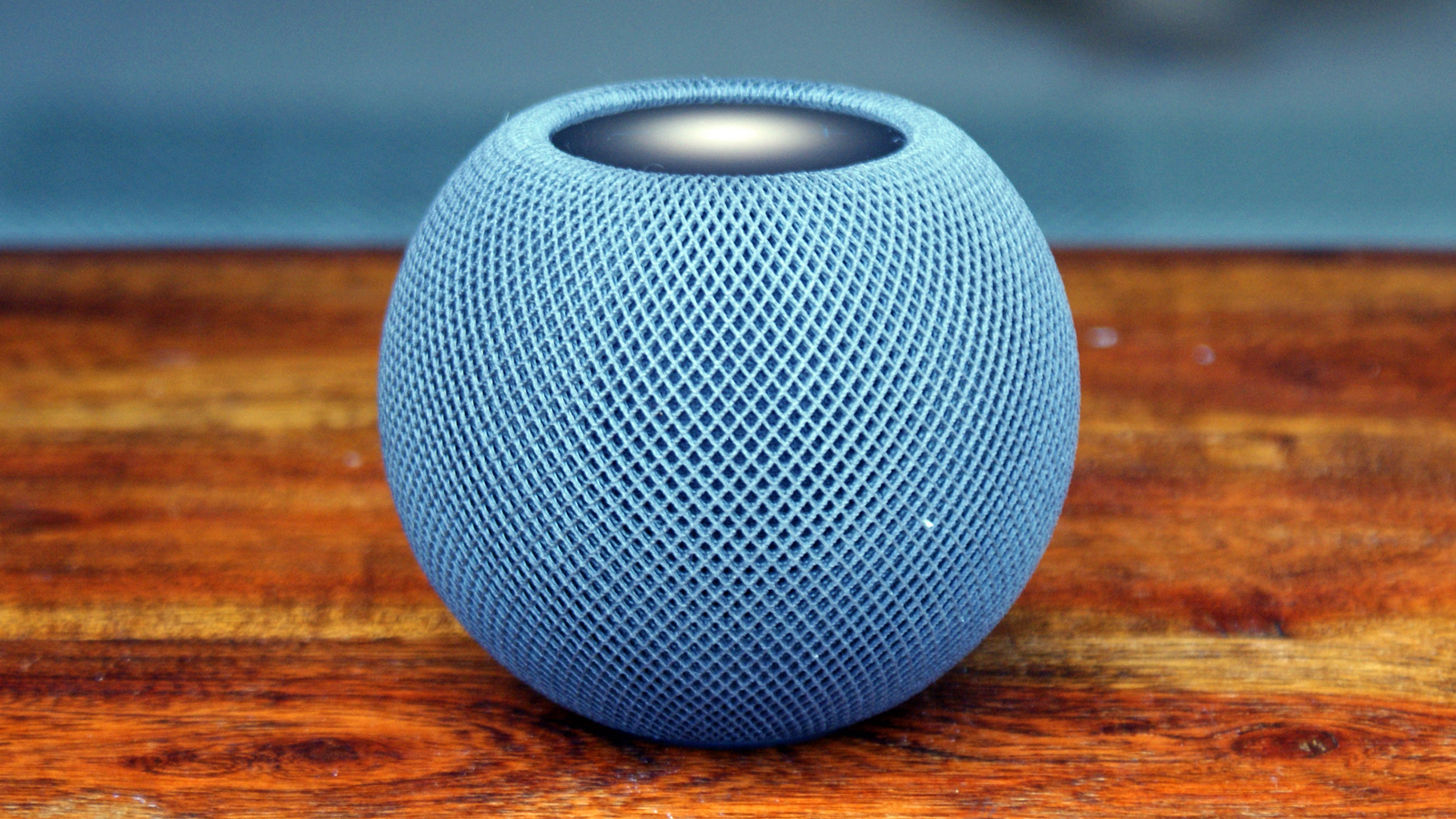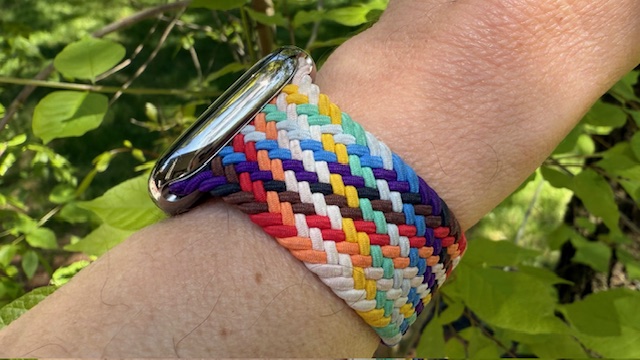What WWDC 2025 will tell us about future Apple hardware

- The Apple C1 modem could be the start of something big
- We'll definitely learn more about the future on our faces
- A HomePod with a display would be a boon for developers
MacBooks are gonna MacBook, the iPhone is gonna iPhone, but what about new Apple hardware? While Apple's Worldwide Developer’s Conference (WWDC 2025) won't be a bonanza for new Apple products, it may offer our best hint at the mid-term and more distant future for Apple hardware, beyond the next chip upgrades.
Before I get into the exciting stuff like glasses, I'm foremost excited to hear news about Apple’s C1 chipset experiment. The Apple C1 chip is the 5G modem that powers the network capabilities for the iPhone 16e, and it may be Apple's secret weapon for future products.
Most companies that make phones, tablets, and laptops rely on one or two big chipmakers to supply networking hardware. If you want a connected mobile device, you need hardware from Qualcomm, or MediaTek, or Samsung.
The Google Pixel 9, for instance, uses the Google-designed Tensor G4 processor and a Samsung Exynos 5400 5G modem. Apple has tried to avoid relying on Qualcomm for years, but Qualcomm makes the most advanced 5G hardware and can produce the largest quantity.
Enter the C1, the first 5G chipset designed by Apple, beholden to no other chipmakers. It isn't as powerful or efficient as Qualcomm’s modem chips, but it gets the job done and the difference may be negligible to most users.
I would love to see news about the C1 chip and any possible successors at WWDC. Apple has never offered MacBooks with built-in cellular connectivity, so it would be exciting to see new hardware from Apple that takes advantage of the company's new networking chops.
Apple Vision Pro and VisionOS will always be exciting and new

Of course Apple Vision Pro will be a highlight of WWDC 2025, since the singular device has the newest and most unique software, and WWDC is all about software development.
Sign up for breaking news, reviews, opinion, top tech deals, and more.
Rumors suggest that Apple could launch new controllers or controller support for Vision Pro, and that would give us some idea how the platform is progressing.
But what are users requesting? What does Apple need to fix for the next generation? Personally, I would love to hear more about a lite version of VisionOS, because that might lead us to hints about any upcoming XR smart glasses Apple might be working on.
The Apple Vision Pro is a more robust and productivity-focused device compared to, say, Ray-Ban Meta Smart Glasses, or the latest Google XR glasses prototypes. A pared-back VisionOS would be the first sign Apple is looking to take it's Vision Pro out of the office and into nature.

How about a new HomePod with display?
I expect to hear interesting news about Apple in the home, and we could see a new HomePod device around WWDC time. Rumors suggest the HomePod might gain a display, and that would mean a new opportunity for developers. A new screen for the home would be a perfect little hardware announcement to complement the developer focus of WWDC.
I wouldn't expect Apple to stop with a small HomePod. If the HomePod gets its own display, will it have it's own OS? Will it just be an iPadOS device, or could there be a new Apple HomeOS on the way? If it's the latter, we could see many new Apple Home products with display, apps, and new software to boot.
There is plenty of room to grow WatchOS and compete with Google

Finally, I'm expecting to hear more about my health, because there are so many innovations in health wearables seemingly on the horizon. Has Apple made any progress in glucose monitoring or metabolism tracking? Those will be watershed developments in health tracking technology, and every company is racing to that goal.
Apple also needs to play catch up with Google and it's Wear OS partners. Recent Wear OS devices have added features like on-device AI models, zero pulse detection for the worst health emergencies, and even gesture controls like Apple Watch introduced.
In other words, there is room for a big leap forward for WatchOS and all of Apple’s wearables. Even AirPods could get in the mix with new sensor capabilities, like rumored optical sensors on the buds. If Apple announces major new developments for health features, devices won't be far behind.
You might also like

Starting more than 20 years ago at eTown.com. Philip Berne has written for Engadget, The Verge, PC Mag, Digital Trends, Slashgear, TechRadar, AndroidCentral, and was Editor-in-Chief of the sadly-defunct infoSync. Phil holds an entirely useful M.A. in Cultural Theory from Carnegie Mellon University. He sang in numerous college a cappella groups.
Phil did a stint at Samsung Mobile, leading reviews for the PR team and writing crisis communications until he left in 2017. He worked at an Apple Store near Boston, MA, at the height of iPod popularity. Phil is certified in Google AI Essentials. His passion is the democratizing power of mobile technology. Before AI came along he was totally sure the next big thing would be something we wear on our faces.
You must confirm your public display name before commenting
Please logout and then login again, you will then be prompted to enter your display name.